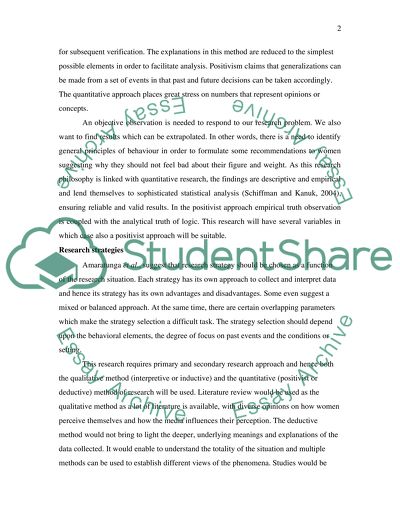Cite this document
(The Different Types of Research Philosophies Case Study, n.d.)
The Different Types of Research Philosophies Case Study. Retrieved from https://studentshare.org/psychology/1541851-methodology-chapter
The Different Types of Research Philosophies Case Study. Retrieved from https://studentshare.org/psychology/1541851-methodology-chapter
(The Different Types of Research Philosophies Case Study)
The Different Types of Research Philosophies Case Study. https://studentshare.org/psychology/1541851-methodology-chapter.
The Different Types of Research Philosophies Case Study. https://studentshare.org/psychology/1541851-methodology-chapter.
“The Different Types of Research Philosophies Case Study”, n.d. https://studentshare.org/psychology/1541851-methodology-chapter.


